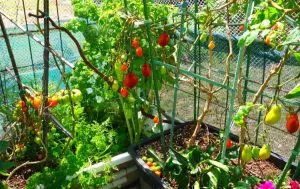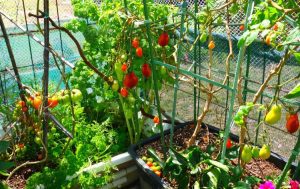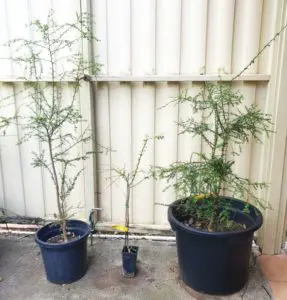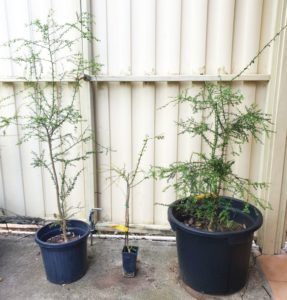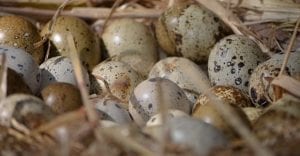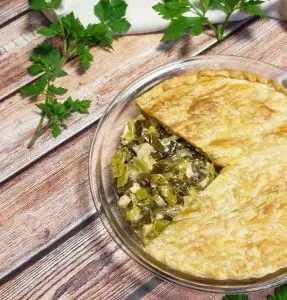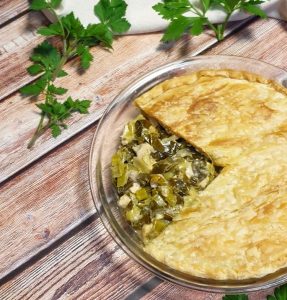One of the biggest joys of gardening is its constant challenges. But as each new one greets us, we need to know how to manage it. Aside from issues with soil & the plants themselves, all sorts of unexpected weather conditions can occur, like a late frost, heat waves, freak storms, high winds, or too much or too little water. Combine that with the various life pressures we all face– and yes, gardening can be very challenging!
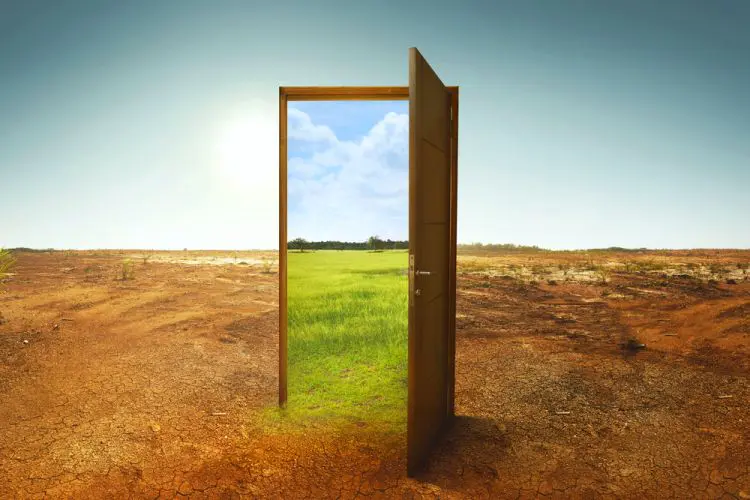
Hot dry summers are common in many parts of the world, but not where I live- the humid subtropics of south-east Queensland. A hot & particularly dry summer is predicted for 2023-24, which is quite a shock as our stormy tropical summers typically include many heavy downpours. But there are ways to cope with less water than usual in summer while maintaining your vegetable garden. Here are our top tips on how to garden through a hot dry summer.
Help your Soil Hold Moisture

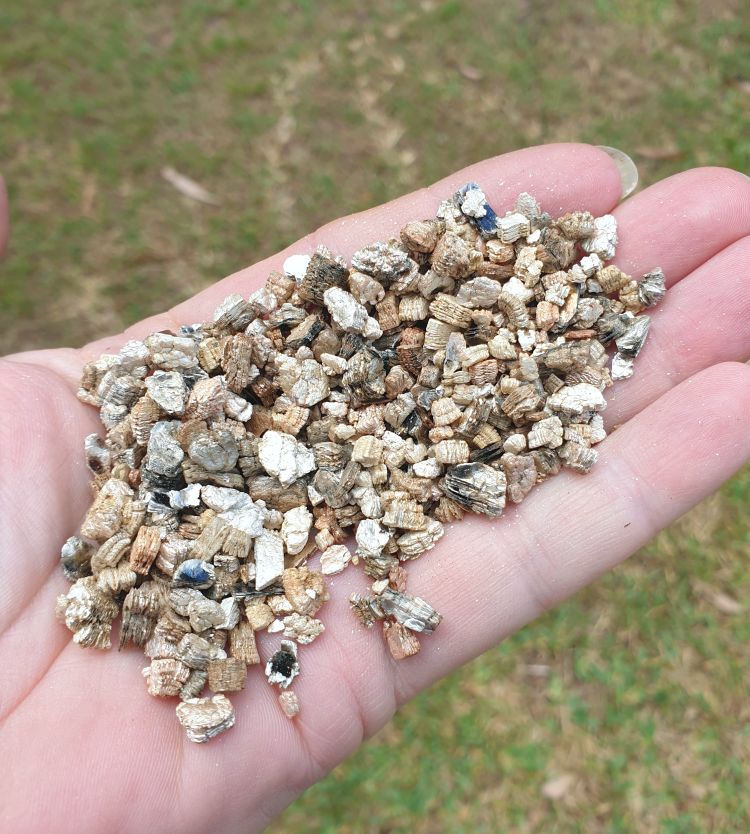

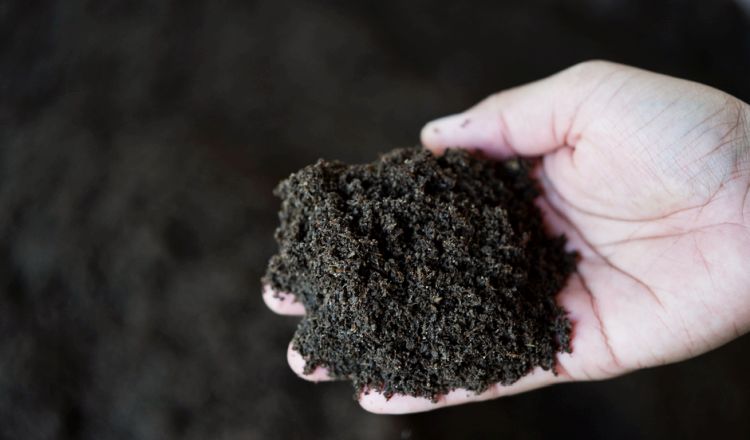
Creating a healthy soil that retains as much moisture as possible is always important, but is especially so in dry hot weather. While (almost all) vegetables always require good drainage and cannot sit in water, the soil itself can be made to hold a good deal of moisture by adding compost and aged animal manures. Digging organic materials like these through your soil significantly increases its water holding capacity. Technically speaking, this happens because the majority of particles in organic material have a charged surface which attract & hold water molecules- just like static electricity does.
Consider adding an element like vermiculite, too. Vermiculite is a naturally occurring mineral that is mined and processed into a puffy, lightweight granule; it looks like little silvery/gold rocks. Mixed through soil, it improves aeration and drainage, plus it retains water and helps plants absorb nutrients like calcium, magnesium & potassium. Vermiculite is suitable for ornamental gardens too, and is especially good if you have lots of pots & containers.
Mulch

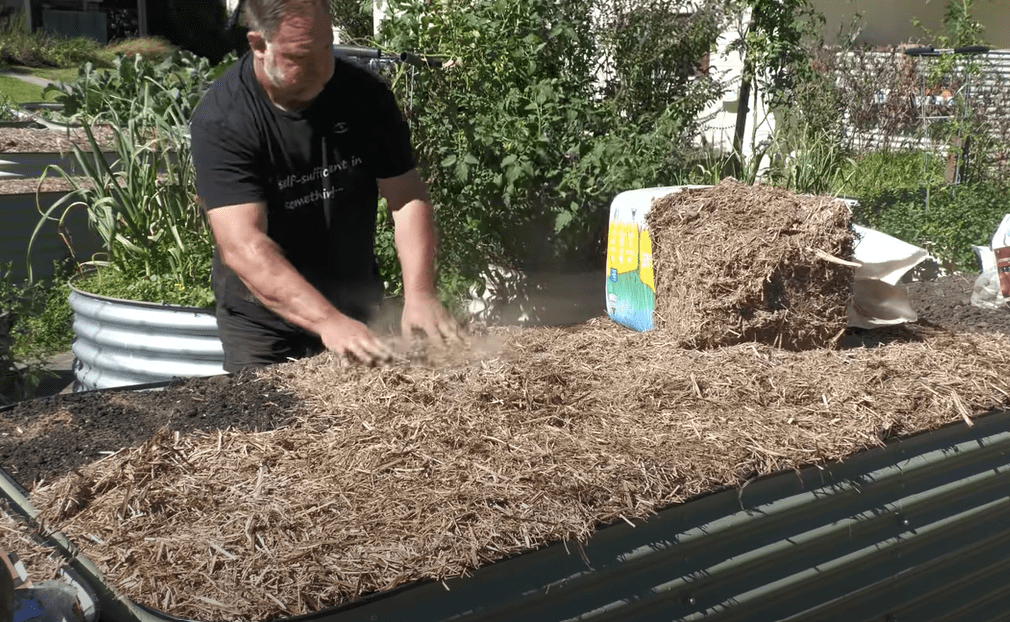
Mulching soil to help retain moisture is no news to any food gardener- but it is especially important in dry times. Mulches have the added benefit of adding organic material and a small amount of nutrition to the soil, which become available as they gradually break down and incorporate into the soil.
Use whatever is plentiful in your area, and apply it thickly. Materials like sugar cane, pea straw, wood chips and straw are all suitable mulches for a vegetable garden. A mulch layer of at least 2″ is recommended, but don’t be afraid to go even thicker. If you hunt around you may be able to find a tree lopping business that will drop you a load of wood chips for free.
Shade Covers

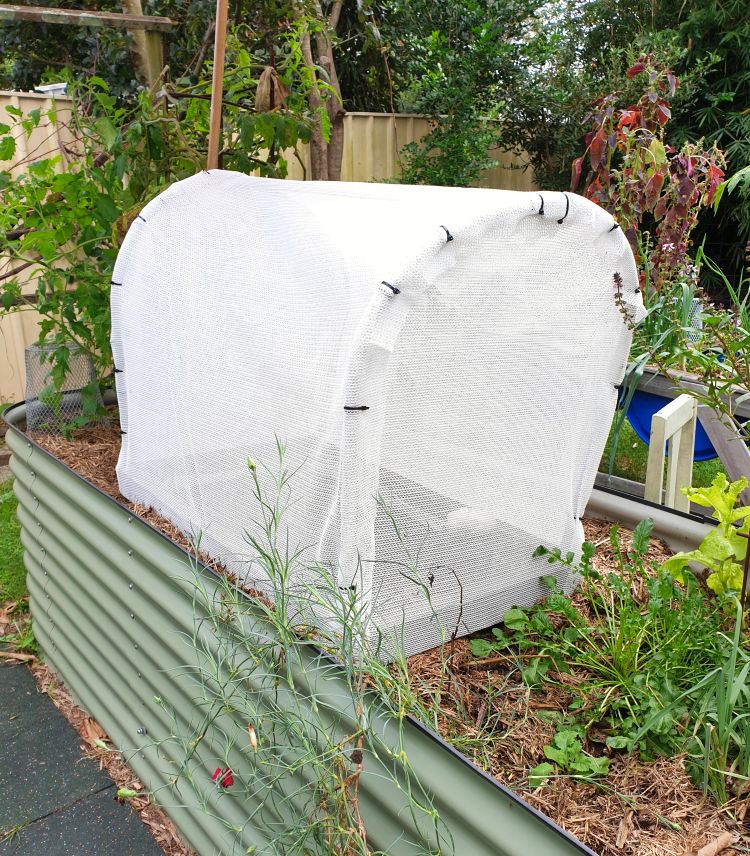

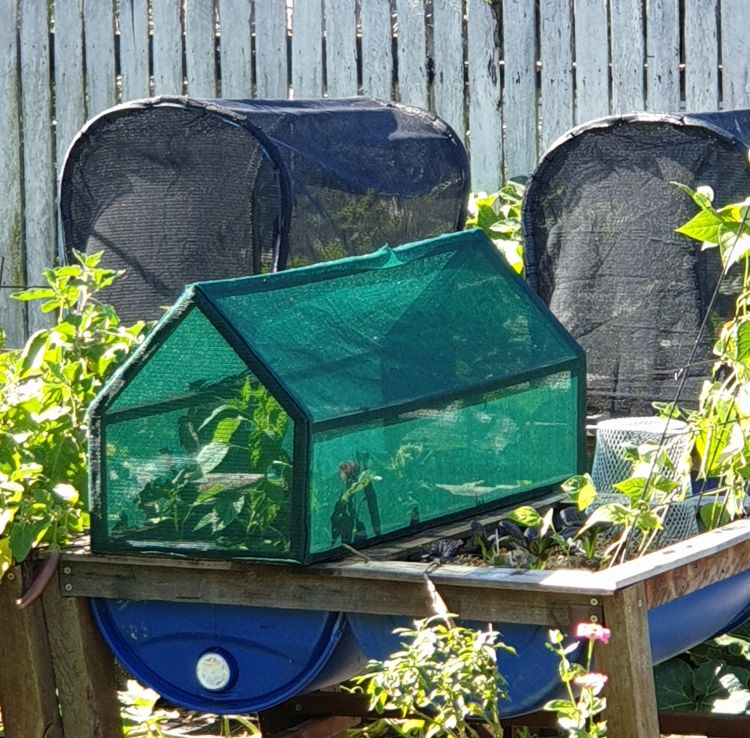
The use of shade helps prevent heat stress on plants, particularly during the middle of the day. This is not to suggest you should grow veggies in full shade: all vegetables need direct sunlight. But creating temporary or portable shade structures that can help mitigate the effects of intense summer sun are of benefit. It’s easy to create something to suit your own garden with shadecloth and a few supports- you might make a big cover that shades several beds at once, or go with a variety of portable covers like I have (see pics above). Even things like beach umbrellas can be repurposed for the garden, whether for shade or to keep excess water out.

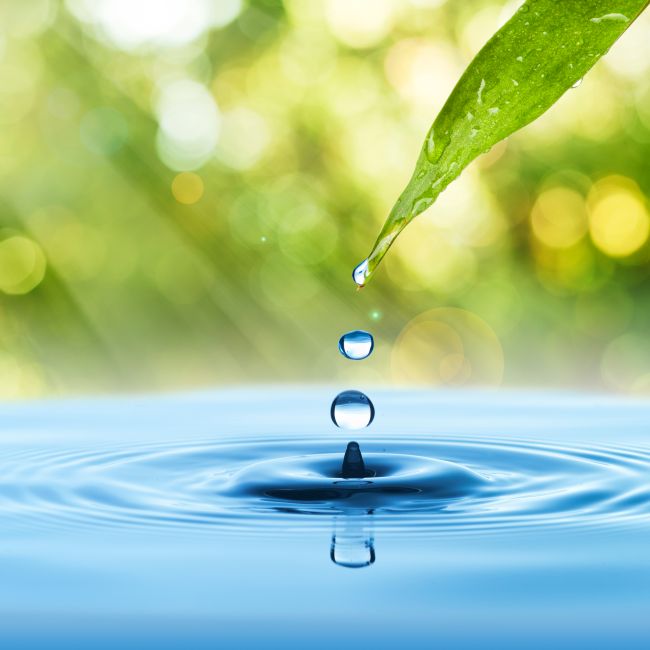
Water Wisely
There are a number of ways you can water differently to keep the hydration up to your veggies in a dry season.
If hand watering, do so in the morning. This gives plants the strength to get through hot days & stand up to the midday sun. You might be able to save or divert some of your household grey water, too- it can be as simple as bucketing water out of the bathtub.
If practicable, consider installing a drip irrigation system. Drip irrigation delivers water slowly & directly to the roots, making it easy for plants to access and absorb water. It is a far more efficient use of water than hand watering.

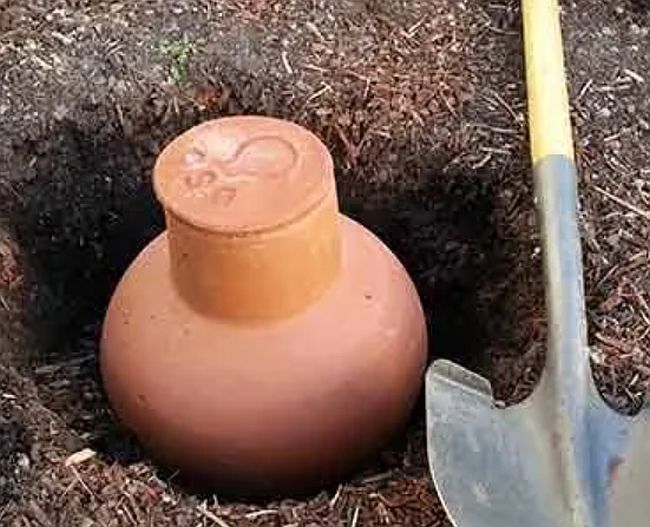
Ollas, a type of passive irrigation, are an unglazed terracotta pot full of water that is buried in the soil. The surrounding soil wicks the water straight through the sides of the olla directly to plant roots, as & when required. This gives plants consistent moisture & is extremely water-efficient, as all the water is kept within the soil. Ollas are also time-efficient, as they only need refilling every few days. They can be linked together and used as a large system, or used singly anywhere in the garden, including in pots. Even better, they are long-lasting and portable, which makes them ideal for renters.
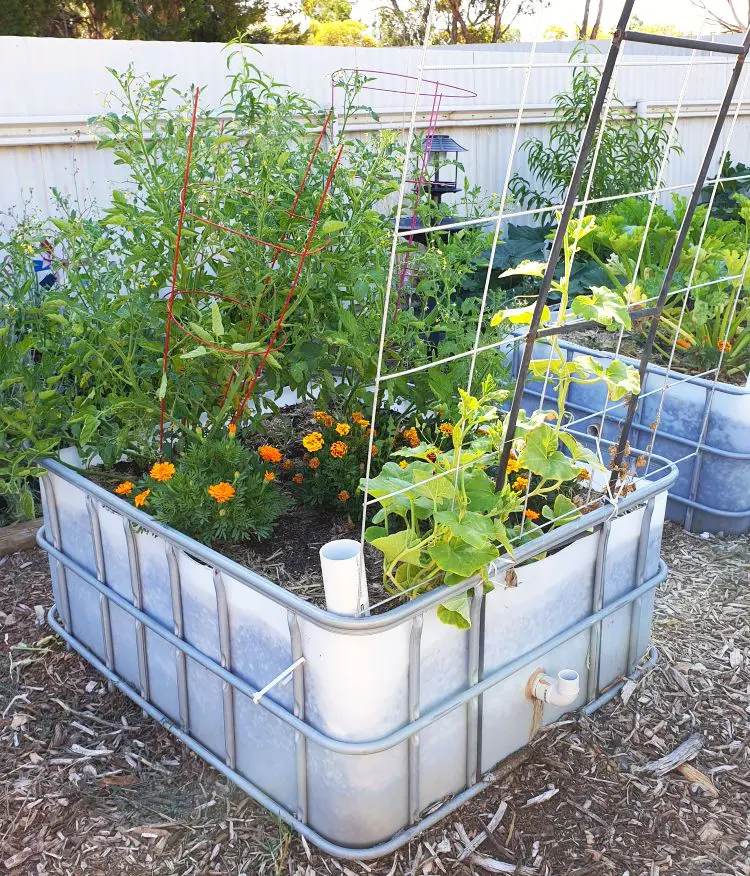
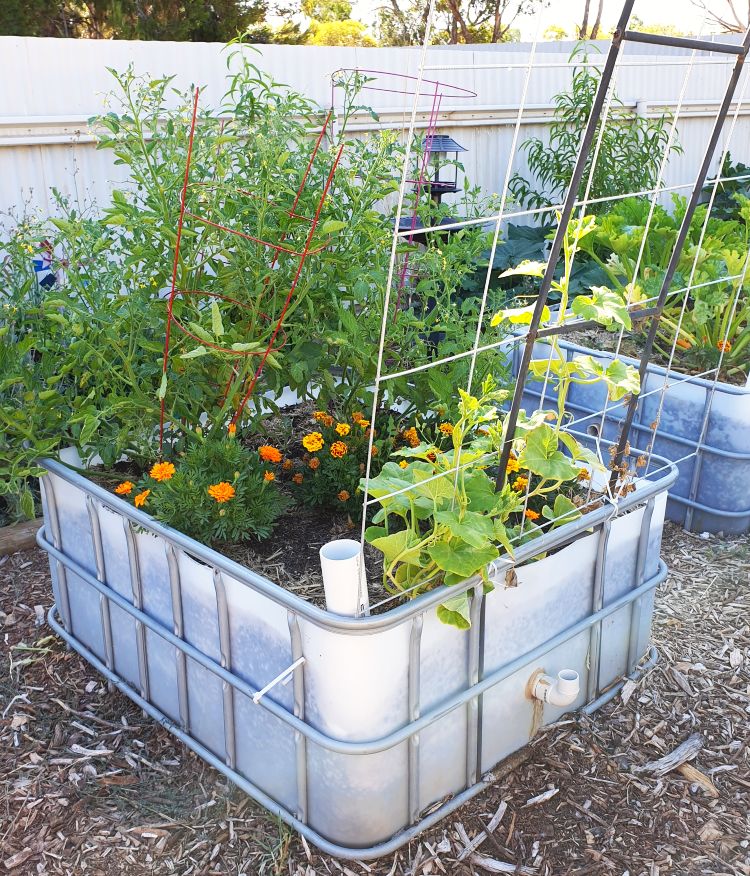
Wicking beds are a very water-efficient type of bed for vegetable gardens. They have a water reservoir at the base and a soil layer on top, which are separated by a layer of geotextile fabric (or similar). The soil acts as a medium through which plant roots wick water as required, thereby giving the plants consistent moisture. Due to the water reservoir being located under the soil there is very little water loss through evaporation, and they only need to be watered every fortnight (approximately). Wicking beds have the added benefit of minimising disease spread too, as there is no need to top-water the plants.
Plant the Right Crops & Create Shade
Put simply, plant heat-loving crops when it’s hot– nothing sets your garden up for failure faster than planting veggies in the wrong season. Edibles such as Egyptian spinach, rosella, okra, rosella, pumpkin, gourds, corn, kang kong, yams, red amaranth, snake beans, eggplant and taro thrive in a hot summer & will provide plenty of food for your family right through the season (read full details on these crops here). Limit pruning and let these big plants grow out as much as you can; this will allow the foliage to shade the soil & any smaller plants. You can enhance this benefit even further by growing something with large leaves-like pumpkin-on a (strong!) trellis.

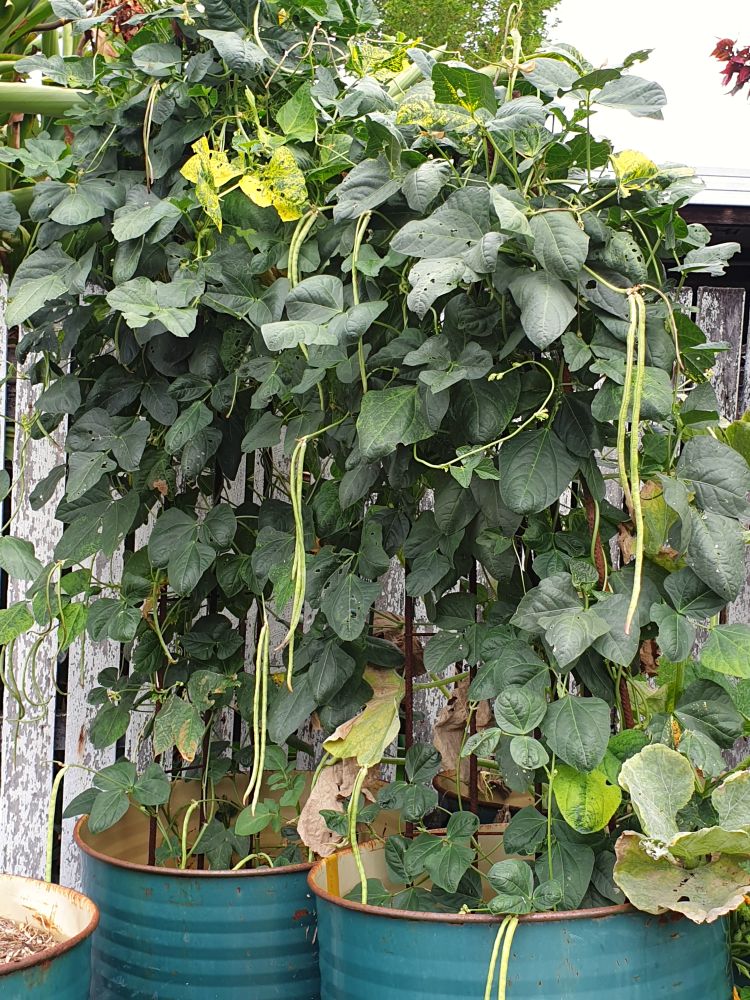
Time your Harvesting
Generally speaking, vegetables are water-sensitive plants, so it makes sense that during hot weather their water content can fluctuate widely. Naturally, it will be lower during the middle of the day, so this is the worst time for harvesting. Early morning or evening are the recommended harvesting times, as vegetables will better hydrated, which means they’ll taste better & stay fresh longer.



